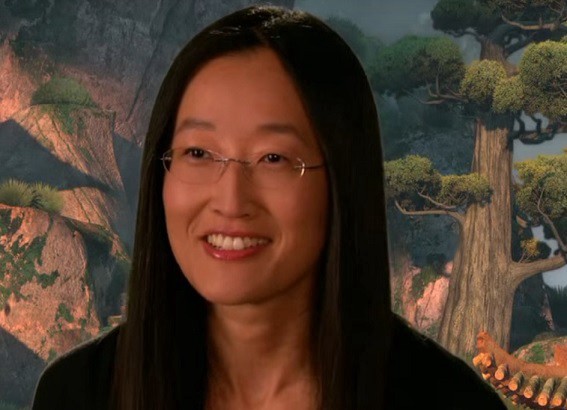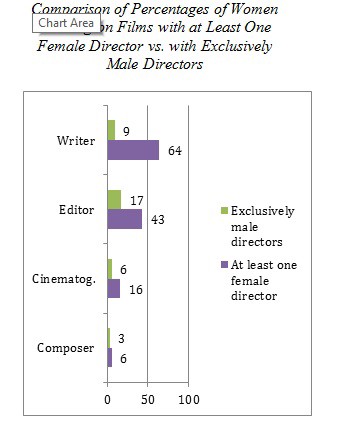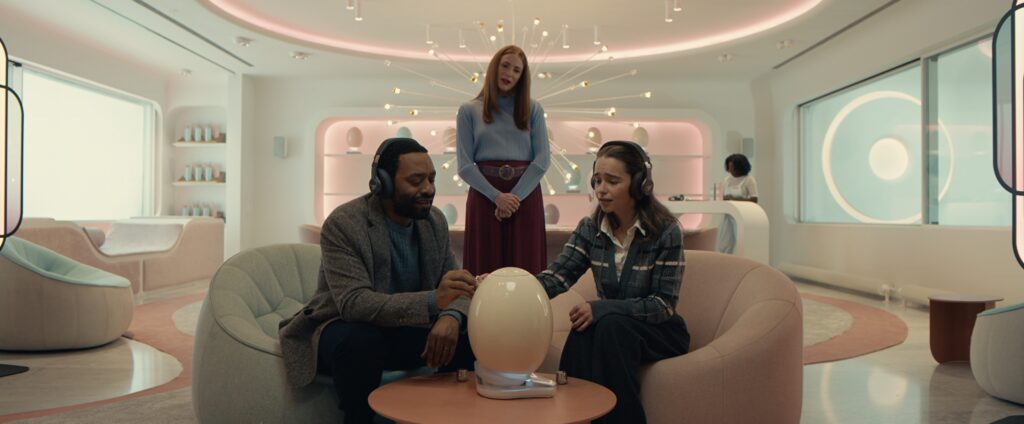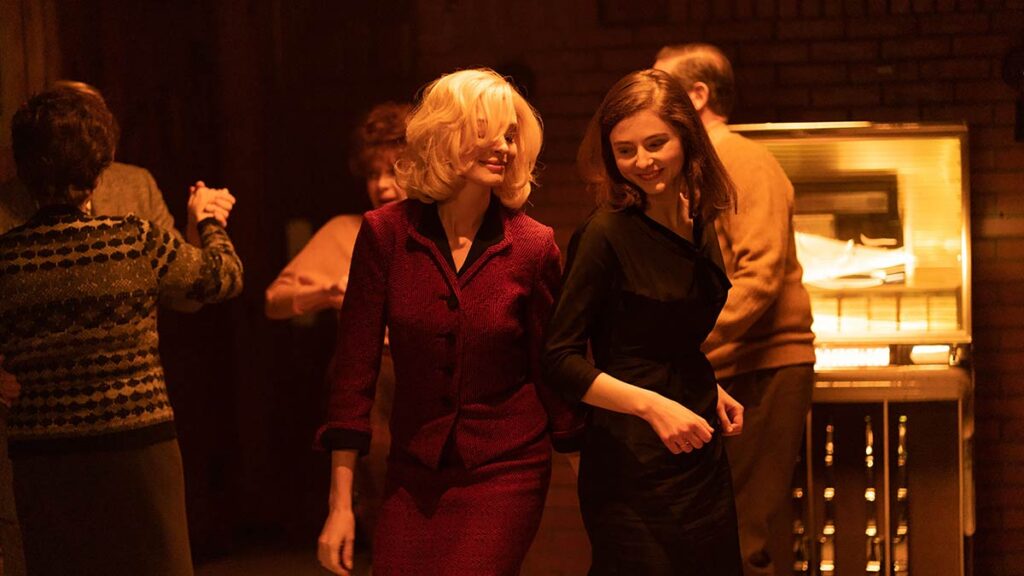
We here at Women and Hollywood spend each and every day tracking issues related to women working in Hollywood and the global film industry. Sometimes, based on all the programs being developed and all the chatter, it feels like there is movement. But we all know what counts is who is being hired, and all the numbers, including those released today by Dr. Martha Lauzen of the Center for the Study of Women in Television & Film at San Diego State, prove that we are not making as much progress as we’d like to believe. As Lauzen commented, “Women working in key behind-the-scenes roles have yet to benefit from the current dialogue regarding diversity and inclusion in the film industry.”
To say these numbers are distressing is an understatement, but this is not the time to get depressed. This is the time to keep going. We all want change. But it is clear these numbers are not going to change just because we want them to or because things aren’t fair. Major, large-scale action needs to be taken. People in power need to hire women. People in power need to no longer use the phrase “we just couldn’t find enough women.” It’s beyond time for people to trust women the same way they trust men. It’s not about anything but the will to change and everyone knows that.
In 2016, women comprised just 7% of all directors working on the top 250 domestic grossing films, the annual Celluloid Ceiling report reveals. “This figure represents a decline of two percentage points from 9% in 2015 and is 2 percentage points below the level achieved in 1998,” a press release details.
“The findings indicate that women who direct films actually lost ground in 2016,” Lauzen observed. “The current small-scale remedies for women’s under-employment, while they may be well intentioned and benefit a handful of individuals, are ineffective in addressing this issue. The efforts, such as the mentoring and shadowing programs, are simply too meager to create the kind of shift that is needed.”
“In other roles, women accounted for 13% of writers, 17% of executive producers, 24% of producers, 17% of editors, and 5% of cinematographers,” the press release reveals. “Overall, women comprised 17% of individuals working in the roles considered. This represents a decline of two percentage points from 2015 and is even with the figure obtained in 1998.”
While it’s well-documented that who works behind the scenes affects who is seen onscreen, it’s also important to notice the difference between the number of women working in key roles behind the scenes in films directed by women vs. films directed by men. For example, of the top 500 films with at least one female director, women comprised 43% of editors. On films with exclusively male directors, women accounted for 17% of editors.
Here are some of the other key findings from the report, all referencing the highest-grossing films at the domestic box office in 2016:
Top 250 Films
- In 2016, slightly over one-third or 35% of films employed 0 or 1 woman in the roles considered. 52% of films employed 2 to 5 women, 11% employed 6 to 9 women, and 2% employed 10 or more women. In contrast, 2% of films employed 0 or 1 man in the roles considered, 3% employed 2 to 5 men, 19% employed 6 to 9 men, and the remaining majority (76%) employed 10 or more men.
- 92% had no women directors
- 77% had no women writers
- 58% had no women exec. producers
- 34% had no women producers
- 79% had no women editors
- 96% had no women cinematographers
- Women were most likely to work in the documentary and drama genres, accounting for 24% and 20% of individuals working on these films respectively. Women were least likely to work in the action and horror genres, accounting for 11% and 12% of those working on these films respectively.
- Women comprised 3% of composers working on the top 250 grossing films of 2016. This represents an increase of 1 percentage point from 2% in 2015 (see Figure 4). Ninety seven percent (97%) of films had no female composers in 2016.
Top 500 Films
- Films with at least one female director employed greater percentages of women working as writers, editors, cinematographers, and composers than films with exclusively male directors.
- On films with at least one female director, women comprised 64% of writers. On films with exclusively male directors, women accounted for 9% of writers.
- On films with at least one female director, women comprised 16% of cinematographers. On films with exclusively male directors, women accounted for 6% of cinematographers.
- On films with at least one female director, women comprised 6% of composers. On films with exclusively male directors, women accounted for 3% of composers.







